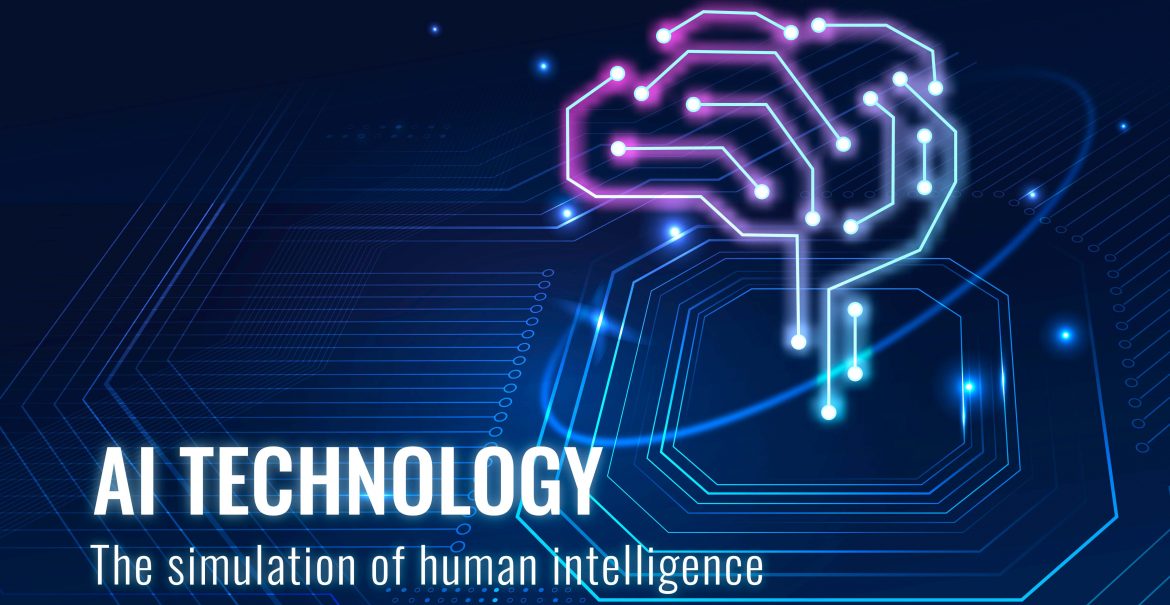Why Banks Still Use IBM 370?

Many changes have taken place in the banking industry. This sector helps clients to do their transactions in a second without caring for their numbers. From here, banks try to look for a way that facilitates their work and creativity. Using IBM System/370 and its mainframes, banks continue working with reliability because it uses monolithic integrated circuits for calculations and logic functions. IBM serves 97 out of 100 banks worldwide, including America of Bank, BNP Paribas, MUFG, and CaixaBank. So, IBM is a cloud solution and a key to having better server quality and reliability. IBM’s last offerings help clients manage their cloud infrastructures through IBM Smart Cloud, Entry solution, IBM Systems Director, and IBM System Networking. It is a form of modernization to organize financial enterprise and meet clients’ needs.
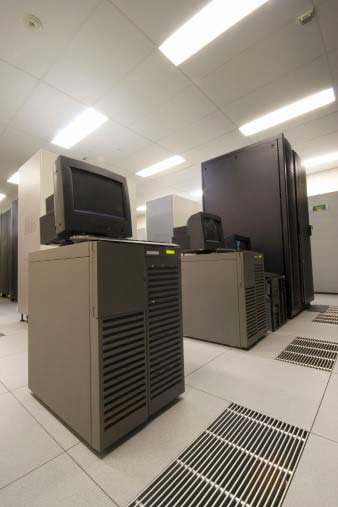
IBM is International Business Machines, and this helps it to be essential in banking. The banking industry needs creativity and speed in its work. For this, banks must choose Operating Systems applicable to their precise results in transferring money and transactions.
First, you must know more about IBM.
What’s IBM (299.04), and why do banks still use it?
The IBM Cloud platform provides an integrated experience; which supports small teams, organizations, and large businesses. The developer of IBM Cloud computing is IBM, whose initial release was on April 7, 2011. It includes platforms and software as a service. IBM’s computing model is about strategy, security, design, and implementation consulting. IBM Cloud has 170 products and cloud computing services. IBM Cloud computing provides services for startups to increase productivity and effectiveness. For this, companies and organizations can choose from different resources.
IBM Smart Cloud platforms are:
a- Cloud management means the provision, monitoring, scheduling, and tracking.
b- Virtualization means hypervisors, virtual servers, and virtual networking
c- Physical hardware is about servers, storage, and networking
Also, it offers the most secure public Cloud for business, and its sources are available over the public internet. Finally, remember that you can support workloads in your hybrid environment because it forms multiple components to provide a dependable cloud experience.
- Serves as a controller to create, view, and manage your cloud resources
- An access management component full of confidence and trust for uses concerning platform services
- control access to resources across the IBM cloud
- Catalog of hundreds of supported products
- Filtering and identifying your resources
- provide secure credit card fraud protection
What should you do to set up your account?
- Go to the catalog and browse the products that you want
- Choose free plans to test without costs
- When you get apps running in production, set the basics in your account:
- User access groups to organize users and service IDs
- resource groups to regulate resources
- access policies to approach individuals who need IBM Cloud;
Moreover, you can create an IBM Cloud enterprise that offers account management, billing, and top-down usage reporting. In addition, IBM Cloud provides software, computing, security, data, and AI services, including options for security and testing and software products: Cloud paks, starter kits, terraform-based templates, operators, and Helm charts. Besides, there are professional services that offer you help in browsing the Cloud. The enterprise consists of an enterprise account and accounts for groups and individuals.
IBM provides security services for users, including cybersecurity consulting services, integration and implementation, custom development, incident response, and emergency response. In addition, IBM professional services (382.82) provide new designs and solutions for cloud service in your business and consulting assistance within the following framework: fixed duration for each design engagement and to complete each Engagement within 90 days from the date of purchase.
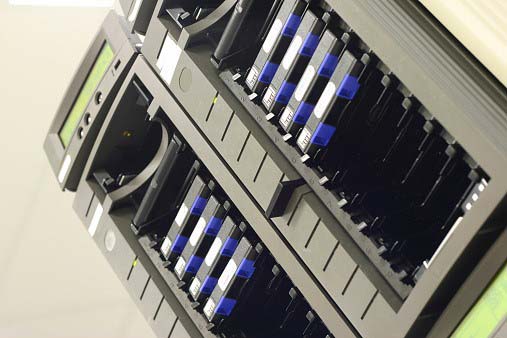
What about the new design services for IBM Professional service? The following are steps for the clients to identify and elaborate more comprehensive data Tapology, Strategy, Lake, and Governance Design Engagement.
On the other hand, IBM Professional Services offers new solution services: Solution Architectural Consultancy, One Day Solution Architectural Consultancy, Solution Build Assistance, and Day Solution Build Assistance.
First IBM Analytics Professional Services, Data Topology Design engagement:
IBM Provides this workshop to help clients identify their business and evolve their enterprise data objectives. This Data Topology provides a constant view of Data Zones, Structure, Sourcing, and Usage. It covers topics; including identifying locations, exploring conceptual modeling of data stores, assessing current data architecture, etc.
The second IBM Analytics Professional services, Data Lake Design Engagement:
This design workshop establishes an understanding of hybrid data lake architecture for the client. It shows clients what a data lake is and how it applies to the client’s situation to improve his business and get ways to bring resources into effective action for IT. So, discussions in this session help clients to arrive at an agreed future-state data lake roadmap. Topics covered include data flow, security, high availability, disaster recovery, cloud integration, and cluster management.
The third IBM Analytics Professional Services, Common Data, and Governance design engagement:
This workshop reviews common data concepts and data governance requirements, which help attendees to identify governance gaps. Its topics include metadata lineage, governance catalog, data quality, lifecycle management, and entity management.
The fourth IBM Analytics Professional Services, Solution architectural Consultancy:
This service offers 40 hours of remote consulting help, which includes forty hours of remote expertise in architecture. But, you have to consume them within 90 days of buying. You have to buy many solutions to cover what you need in your architectural requirements. Also, it provides solutions for architecture services to put into action; business value, client data assessment, and solution validation.
The fifth IBM Analytics Professional Services, One Day Solution architectural Consultancy:
This service gives 8 hours of remote consultant assistance, including remote activities for architectural solutions. You can value a business, detect the validity of the designs, and use case demonstrations and pilots. But you have to do this within 8 hours and for 90 days from the date of purchase.
Another service of IBM Analytics Professional Services is Solution Build Assistance:
It provides 40-hour blocks of remote assistance and consumes within 90 days of purchase. In addition, it offers help and advice on preparation and data validation. Also, it monitors proven practices for reports, dashboards, and other systems tooling.
The last IBM Analytics Professional Services is One Day Solution Build Assistance:
This remote service offers 8 hours of consulting assistance which you can apply against specific solution-build projects. Eight hours from an expert helps you to define data movement, provides you with practices on reports and dashboards, and gives consultation concerning preparation and validation for data loading. Remember to consume your hours within 90 days from the date of purchase.
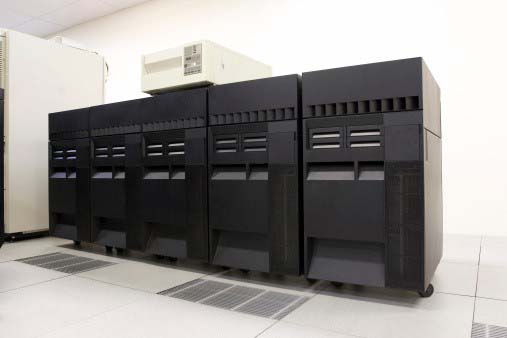
Let’s move to the IBM global technology services (337.11). It takes clients to the Cloud and deploys enterprise storage as a service using IBM Spectrum Accelerate (an enterprise storage box in the Cloud). You can depend on IBM hardware to improve your performance, attain more reliability and purchase more success. So, why is it essential to rely on IBM hardware?
It is essential because all data for clients, including backup and disaster recovery are safe. Also, SIS can manage the Physical Security of the data center and provide you with any level to expand your business.
On the other hand, SIS has a team of experts in their domain dedicated to your success who can design solutions and services for your business. What makes it strong is:
Its location is in Canada, with offices in Toronto and Montreal. Another feature of SIS is that it is a leader in innovation.
- It provides reliable solutions by improving its service model to suit the client’s needs.
- Methodologies and assets in their portfolio provide clients with good service.
- It offers fair prices which do not cost you when you grow your business.
In addition to that, there are things you should know about IBM Technology Support Services. IBM Technology Support Services can solve the problems of businesses and CIOs because of its lifecycle support and services.
- IBM TSS provides technology lifecycle services because businesses need support when they plan and implement new technologies or systems; and gives clients plans, supports the infrastructure, and optimizes the system for performance.
- Supply strategic advisory services: you can look at the services for IBM Systems, Red Hat, and SAP HANA to choose the best features your business needs. You can benefit from IBM’s expertise to design your strategy for IT automation, cyber resiliency, and modern data protection.
- Break down the traditional model: IBM Technology Support Services breaks the chain of the fixed model by designing proactive support. So, it helps clients balance availability and improve affordability. In addition, clients can get Technical Account Manager that understands each unique IT environment.
- Offer multi-vendor support: Multi-vendor support provides clients with storage, network, and security; and delivers timely problem resolution through a single point of accountability.
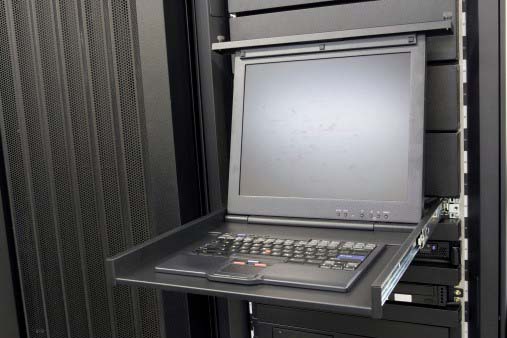
The IBM 370(279.57) is a model range of IBM mainframe computers and a successor to the system/360. IBM 370 system (256.71) allows a migration path for customers and improves performance. Its designer is IBM which in 1970 which has distinctive features.
- Fast release
- branch and save
- channel-set switching
- external signals
- CPU timer
- service signal
- segment protection
All models of the System/370 make them third-generation computers because of using monolithic integrated circuits called MST, virtual storage capability, integrated storage controls, and a display console. The new IBM system/370, model 145, uses silicon memory chips that help businesses and users not to reprogram their existing applications written for system/360 and earlier IBM computers. The new IBM system 370(256.71) joins faster internal speed with many features. These features expand computer applications and offer increased system throughput. In addition, IBM aims to change public IP addresses, strengthen security, and protect business data from cyber threats. IBM mainframe business (255.34) is a secure platform for business that helps you create, innovate, and build your future. It increases transformation by simplifying hybrid cloud adaption and keeping data safe. You can use the mainframe by creating an app or trying software. So, who uses mainframes? What are the mainframes, and how does it work?
Everyone has to use a mainframe computer. For example, using the ATM means you’re using the mainframe. Mainframe computers play a role in daily operations, especially in e-business environments such as banking, finance, insurance, and health care. Also, it handles the data processing requirements of a large business. IT organizations use it because its applications include customer order processing, financial transactions production control, and other types of work. Mainframe business (251.34) is data servers that give security and reliability to trillion web transactions. So, they are computers with large amounts of memory and processors. IBM mainframes engineered to:
- offer the highest levels of security
- support transactions
- run operating systems like Linux
- Offer flexibility for power supplies, cooling, backup batteries, and CPUs.
Why Do Banks Still Use IBM 370? Many banks and companies are still buying and maintaining mainframes to store the transaction level data and have better scaling than a Server Farm. They do this even though most companies have started to use the Cloud. So, the banking or financial service industry uses the mainframes because they are satisfied with the outcomes. In addition, American banks use mainframes because it enables companies to store and access data over the internet and support customer transactions. So, even though more businesses use cloud infrastructure, including Amazon.com.inc and Microsoft Corp, mainframes remain a robust platform and part of a company’s information technology portfolio.
Also, the mainframes keep the bank’s records and provide the bank with a single and unified solution to different problems customers face. They support the functions banks need a computer to perform and are perfect for enhancing mobile and cloud-based banking. Nowadays, banks depend more on mobile and cloud-based interactions because they help people check their balances and transfer and deposit money. Besides, thousands of transactions occur per second via mobile to the Cloud to be processed and filed by mainframes.
Finally, people used to spend hours accomplishing any banking function, but with internet advances, everything changed. Now, the computer can register and save everything without errors. You need seconds to withdraw and deposit money and to check your account online without visiting your bank. So, mainframe computing is the base of financial institutions that banks depend on because IBM develops software and hardware, provides network hosting, and offers IT consulting services. Moreover, there is a close relationship between IBM banking and the insurance process and services models because they support business services. They enable the accurate gathering of requirements, enforce consistency across multiple projects, and increase IT work. The bank’s power is the IBM server which provides iSeries banking success stories. So, always consult IBM representatives for information on the products and services available.



















